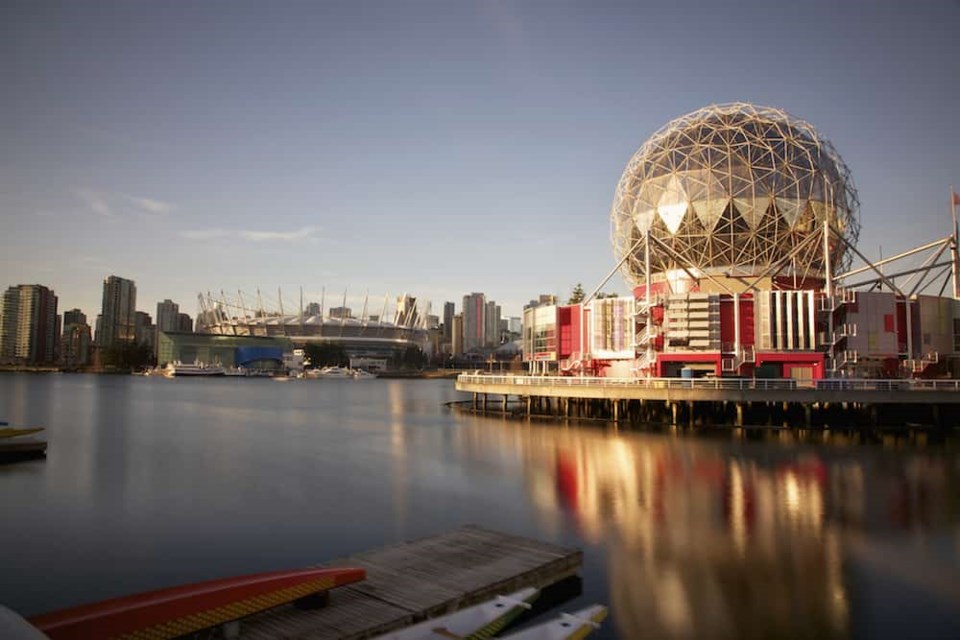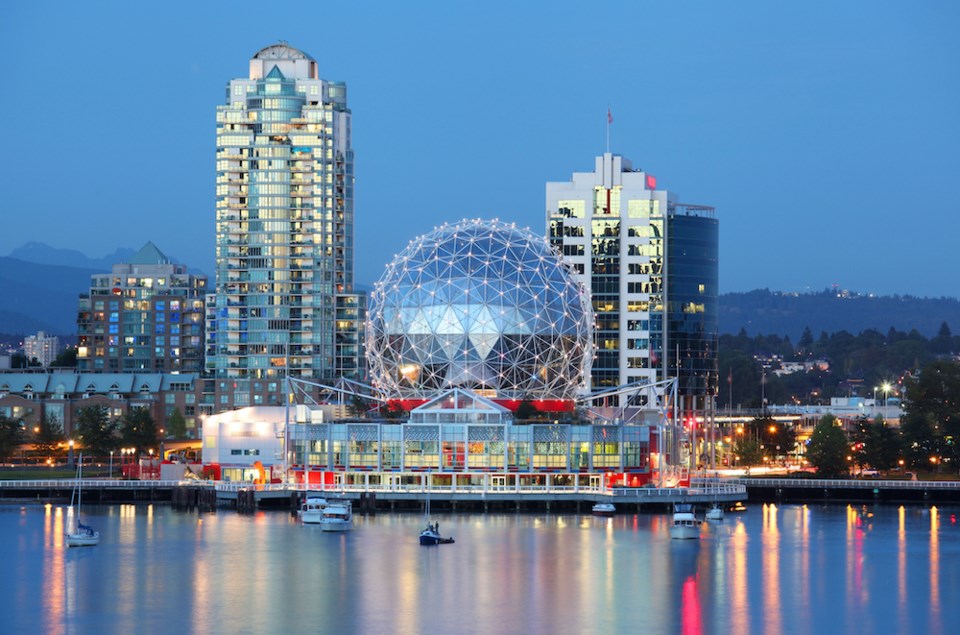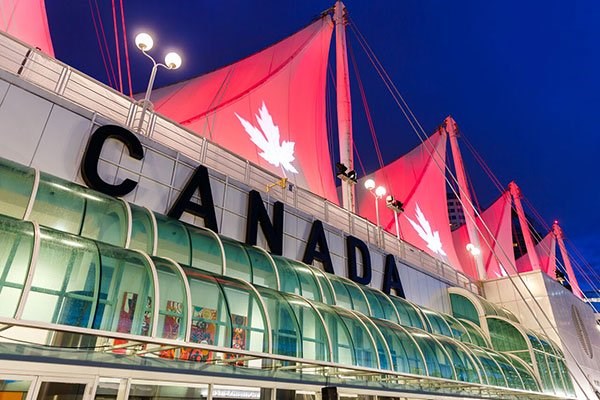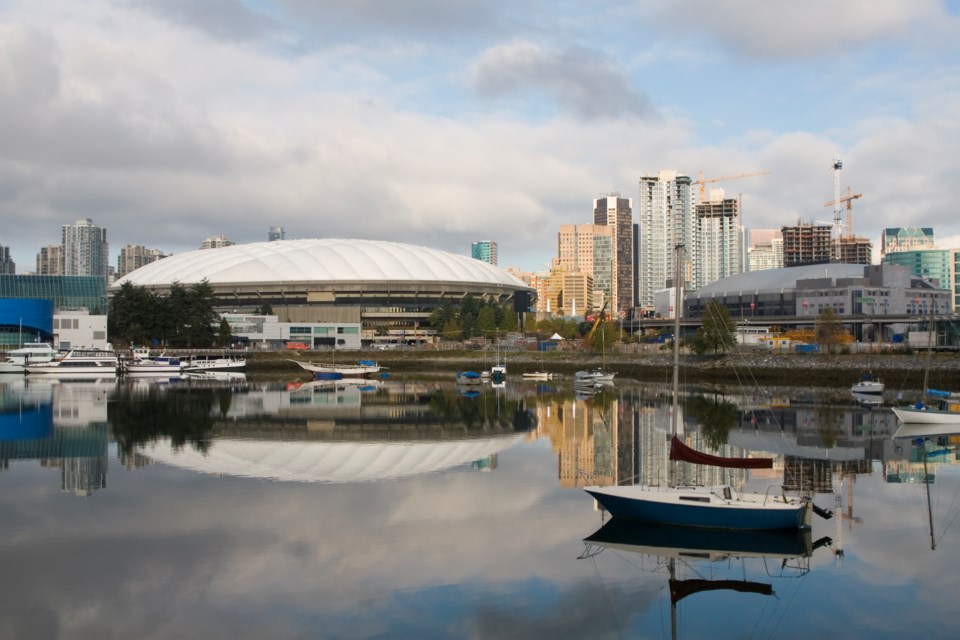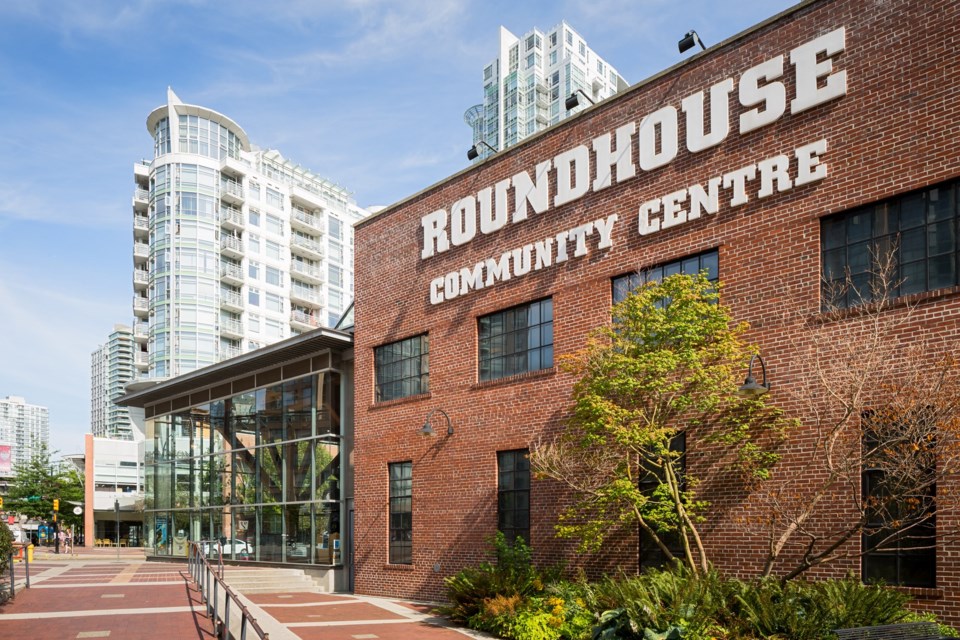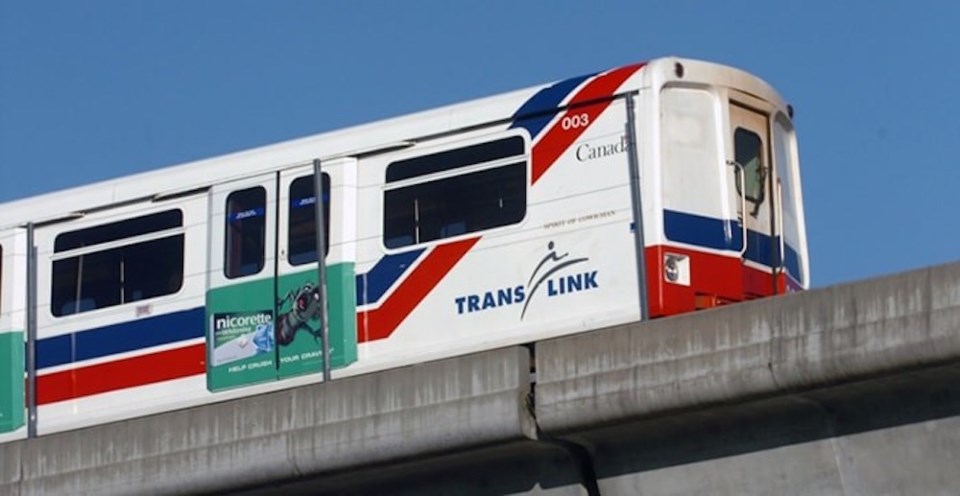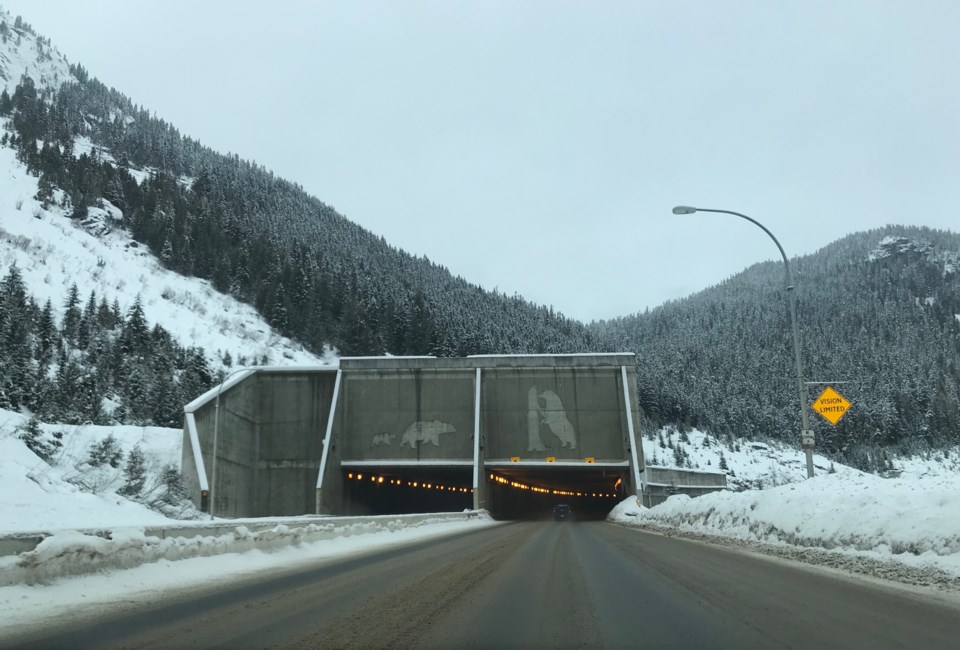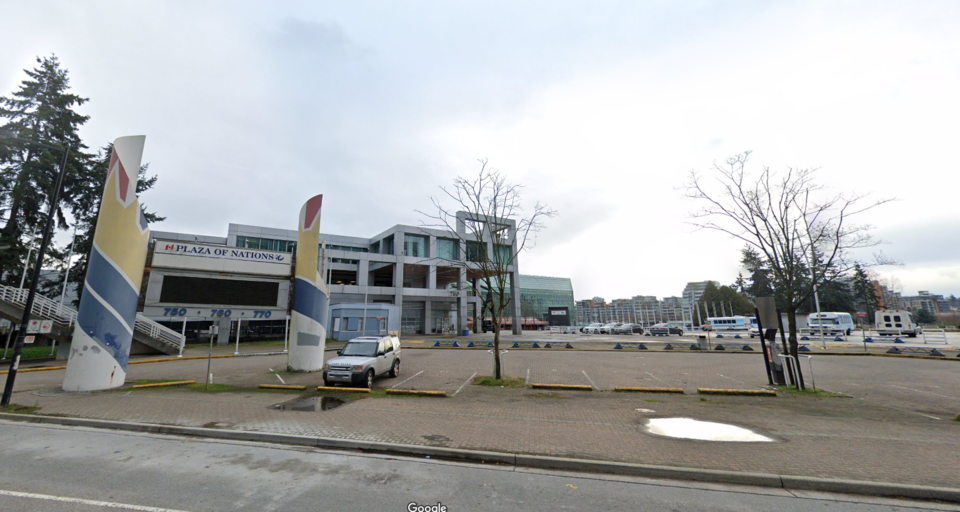Expo 86 was more than 35 years ago.
For most millennials and anyone younger, it's not so much a tangible memory as it is a part of the history of the province akin to the Lions Gate Bridge being completed, or the opening of Stanley Park, though markedly larger.
Like those events, though, the Expo left an indelible mark on the city and while many pieces of Expo 86 have moved, some things are in place (some more so than others).
The Icons
Science World
One of the most iconic buildings in Canada was famously supposed to be temporary. The geodesic dome above today's Science Centre wasn't supposed to be permanent but was engineered to last all the same; the Eiffel Tower was in a similar situation.
During Expo 86 it played the role of Expo Centre, the hub of the event. After there was a push to use the structure, and the Science Centre took over (the roots of the centre actually extend back into the late 70s). While the name of the centre and dome has changed a few times, depending on sponsorship, but it's still the same organization doing the same science education.
Canada Place
Arguably the other most iconic building in Vancouver, the idea for a convention centre here came about before the Expo was greenlit. However, the Expo really geared things up as the site was chosen to house the Canada Pavillion. It's notable that the host nation's official pavilion was offsite from the Expo 86 site.
In a way, this is where Expo 86 first became a physical thing, though, as Queen Elizabeth showed up in 1983 to help pour the first bit of concrete at the site and invite the world to Expo 86.
It continues to host everything from pandemic resources to conventions to film sets and played an important role during the 2010 Olympics as the main press centre.
B.C. Place
Ok, this is maybe the only other building that can be considered as iconic as the other two, which shows the impact of Expo 86 and 80s architecture on the city.
It was announced around the same time as Expo 86 was announced, and construction got going pretty quick. It would be the largest building on the Expo grounds (which were 175 acres bought from Canada Pacific Railway for $60 million).
Featuring the largest air-supported roof in the world (until it was replaced) the building cost $126 million to erect. It was opened in 1983 and a variety of events were held inside before it hosted the Expo 86 opening ceremonies (including hosting the Pope, a Grey Cup and a David Bowie performance; you can decide which was more important). It continues that role in the city today.
Roundhouse Community Arts & Recreation Centre
Maybe not as iconic as the other three, the Roundhouse is still one of the more active cultural sites in the city and is very recognizable.
Its history starts almost 100 years before the Expo, though, as it was a working train facility, housing and repairing steam engines for Canada Pacific Railway. The location fell into disrepair, though, as diesel engines took over.
By the 1980s as Expo plans were made the land was bought with the intention of using it for the Expo. A lobbying group successfully pushed to keep the Roundhouse intact and refurbish it for the event.
When the Expo ended, the roundhouse was one of the few permanent buildings left on the site, having survived the period of major development. But it again was essentially dormant until the mid 90s when there was a push to turn it into a cultural centre and the Vancouver parks board got involved. Concord Pacific, which owned the property, turned it over to the parks board in 1997 to be used for a variety of cultural purposes, which continues today.
The Infrastructure
The Cambie Street Bridge
While there were a few infrastructure improvements related to Expo 86, the biggest for drivers is probably the current Cambie Street Bridge.
The bridge wasn't built as a showpiece for the Expo though, as other things were, but instead was part of a deal then-mayor Mike Harcourt made with the province. The provincial government wanted the event and Harcourt wanted a bridge. The province got Harcourt's support for Expo and the new Cambie Street Bridge exists.
SkyTrain
The city's light rail system was born out of Expo 86. It should be noted here that a big part of Expo 86 was transportation; the SkyTrain started off as a demonstration of the new technology available to city's looking for new transit systems.
It wasn't very long when it open in 1983 as a demonstration, but by 1986 the line extended from Waterfront Station into New Westminster.
The SkyTrain was the first driverless rapid transit system in the world and the technology demonstrated here has been used globally.
Coquihalla
While initial planning for the Coquihalla highway into the province's interior started before Expo 86 was greenlit, there was a massive push to build it for the six-month event.
"To be sure the project was completed on time, more than 10,000 people were needed to fill all of the jobs. More than 1,000 pieces of heavy equipment worked non-stop every day during the summer of 1985 to get it done!" writes the Ministry of Transportation on its website.
In December 1985 the provincial government passed an act on covering costs, and in debates about it at the legislature, one MLA argued Expo 86's impact on tourism would be so dramatic the highway was needed.
The Impossible to neatly put into a category that starts with an "I"
Liquor Laws
Canada's liquor changed a lot over the 20th century; B.C. went through a period of prohibition from 1917 to 1920 and while that was 65 years in the past when the Expo arrived, plenty of restrictions still existed.
To provide a party atmosphere at the massive event, the province created temporary liquor law changes. Those...didn't turn out to be temporary.
Tourism Growth
While the debate about the exact impact of the Expo on tourism is still debated, there is no doubt the city and province is still feeling the effects of the massive event in the tourism industry
"The high quality and diverse product experience offered in BC and the legacy of Expo 86 helped to drive a 60% jump in non‐resident visits between 1992 and 2002, which was almost twice the 35% increase recorded nationally," says a 2014 Business Council of B.C. report while a study in 1996 suggested air travel from the U.S. wasn't affected but American vehicle traffic to Vancouver was up by around 20,000 visits a year because of Expo 86.
There's also the impact of B.C. visitors who come to the city for events at B.C. Place, or visitors who use the cruise ship terminal at Canada Place. In other words, it's essentially immeasurable.
Plaza of Nations and area
Next to B.C. place is the Plaza of Nations which seems to have been in limbo for a while. And while a lot has been removed or torn down, there's still pieces of Expo 86 there, like the former Edgewater Casino building or the sign. One building on the site also features a pass-through for the monorail that operated at the fair. So...people can go appreciate that if they choose?
